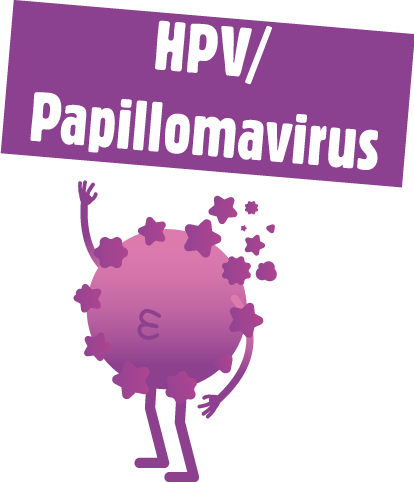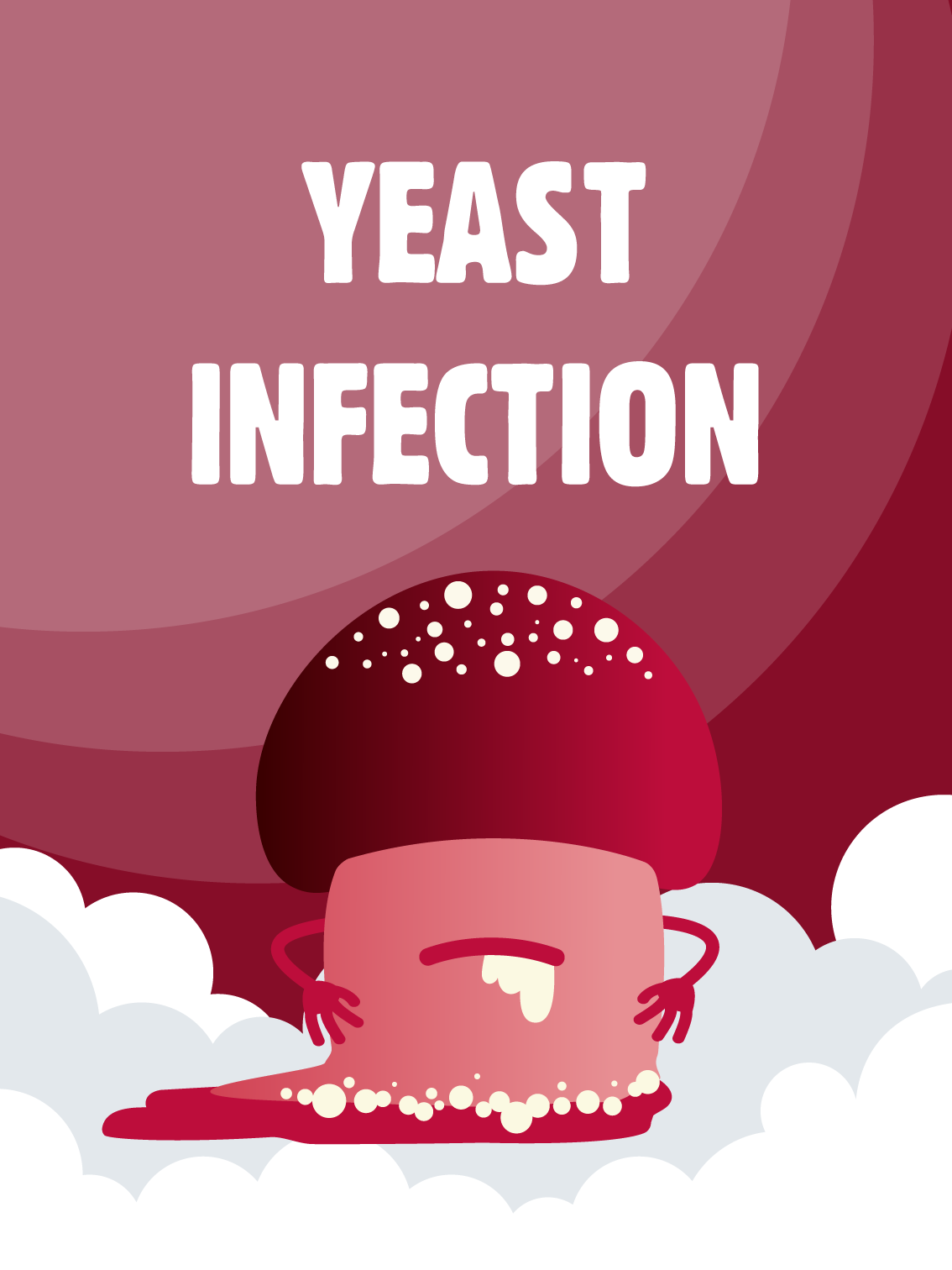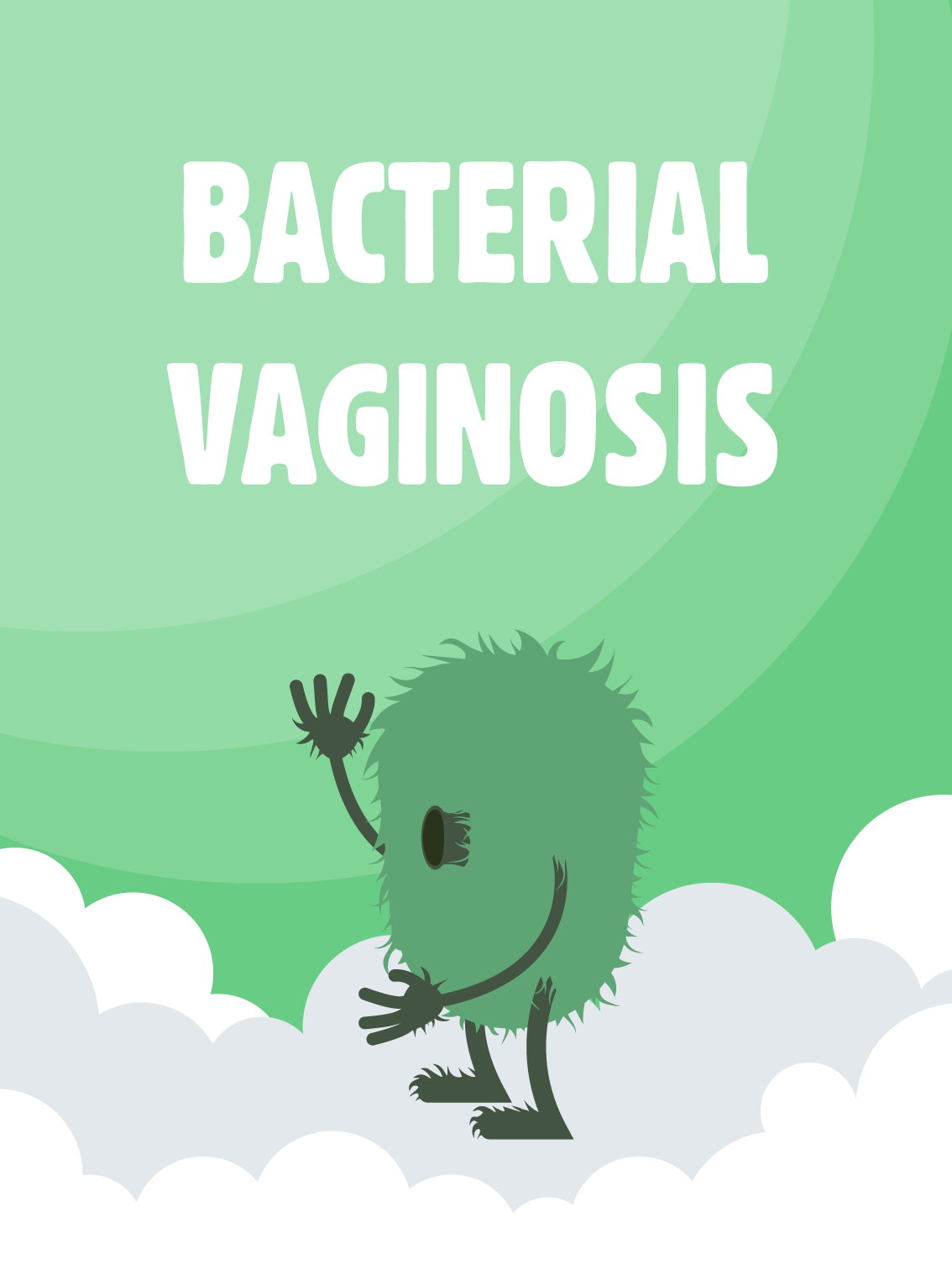HPV

Human papillomaviruses (HPV) are viruses that infect the skin and mucous membranes. There are around 200 different types: they can affect the internal genitalia (cervix, vagina) and external genitalia (penis, vulva), the anal region, several areas of the skin, as well as the mouth and throat. Contrary to popular belief, papillomaviruses affect everyone, regardless of sex, gender, sexual or romantic attraction.
Human papillomaviruses are among the most widespread sexually transmitted infections (STIs) in the world. 80% of the sexually active population will one day be confronted with a papillomavirus infection, half of them between the ages of 15 and 24.
There are 2 main categories of papillomaviruses. Genital papillomaviruses are found mainly on the mucous membranes (glans penis, vulva, vagina, cervix, anus and throat), which are sexually transmitted and can cause genital warts or, in rare cases, cancer. Papillomaviruses of the skin which are responsible for vulgar warts found mainly on the feet and hands. Vulgar warts are benign, i.e. they do not cause cancer. On this page, we'll only be talking about sexually transmitted papillomaviruses.
Infection occurs mainly through sexual contact (genital, oral, anal or skin) with an infected mucous membrane or area.
When symptoms (such as condylomata) are visible, the risk of transmission is very high.
However, HPV can be transmitted without any apparent wart or symptoms.
The most common symptom is the appearance of genital warts (also known as condylomas) in the infected area (genital area, anal area or throat). These warts can be itchy and, although not dangerous to health, they are highly contagious.
In cases where HPV infection has caused precancerous or cancerous lesions, symptoms of these lesions may appear. These symptoms vary according to the type of cancer, and generally appear when the cancer is already at an advanced stage.
The majority of HPV infections are asymptomatic.
In 90% of cases of HPV infection, the immune system eliminates the virus within one or two years, with no serious health consequences.
However, in certain cases and with certain strains of the virus known as oncogenic, it is possible for cancer to develop:
- Vulvar cancer
- Vaginal cancer
- Mouth and throat cancer
- Anal cancer
- Penile cancer
Human papillomaviruses (HPV) are the main cause of cervical cancer (over 90% of cervical cancers are caused by HPV).. In Belgium, this cancer is the 4th most common among women* aged between 15 and 44..
Other strains of papillomavirus can cause condylomata. These genital warts are benign, meaning they have no serious health consequences. However, they can be itchy and reappear after several months, despite treatment. The main consequence may be cosmetic discomfort.
More than a third of people with a uterus who develop cervical cancer die from it in Belgium. For other forms of cancer, the after-effects are disabling in the long term.
- Cervical cancer
- Vulvar cancer
- Vaginal cancer
- Mouth and throat cancer
- Anus cancer
- Penile cancer
In 2019, it is estimated that worldwide, HPV is responsible for 620,000 new cases of cancer in people with vulvas and 70,000 new cases of cancer in people with penises (WHO, 2024).
In Belgium, HPV infection is not detected during routine screening.
Only cervical cancer (one of the consequences of HPV) can be screened regularly. Other forms of cancer caused by HPV can be screened on a case-by-case basis, usually in the presence of symptoms.
Since precancerous lesions take time to develop, cervical cancer screening should only be carried out every 3 years, between the ages of 25 and 30, and every 5 years up to the age of 64.
How it goes:
Step 1Make an appointment with your doctor, gynecologist, family planning clinic, hospital or laboratory (if you have a prescription).
Step 2The doctor uses a spatula or small brush to collect cells from the vaginal mucosa and cervix by inserting it into the vagina for a few moments. This test can be a little uncomfortable, but does not last long. Slight bleeding may occur immediately after the test, so a panty liner may be useful.
Step 3The sample is sent to the laboratory for analysis. The results are then sent to your doctor. Generally, if the results are negative, you won't be contacted and you won't have to do anything else until the next screening (in 3 or 5 years, depending on your age). If an abnormality is detected, he or she will contact you to discuss the next steps (further tests, monitoring the evolution of the abnormality, etc.).
Please note that a positive test does not mean that you have a precancerous lesion or cancer. It means that an abnormality in the cells of the cervix or a strain of Papillomavirus has been detected, and that further tests are required. In this case, it's important to follow up regularly to monitor progress, and to protect yourself during sexual intercourse to avoid the risk of contamination.
How much it costs:
In Belgium, a screening smear is recommended and reimbursed every three years for women (or anyone with a uterus) aged 25 to 64. Don't hesitate to ask your doctor or gynecologist for more information.
In 90% of cases of HPV infection, the immune system eliminates the virus within one or two years.
There is no cure for HPV, but it is possible to treat the symptoms and consequences.
Some so-called low-grade (early and not very progressive) require medical medical follow-up to check their progress. A cream may also be prescribed to stimulate the immune system and help eliminate genital warts. Other treatments are available: cryotherapy, laser, ablation, etc.
If lesions progress to a more worrying stage (high-grade lesions), more invasive treatments may be proposed to avoid the risk of cancer:
Conization a surgical procedure to remove a part of the cervix containing abnormal cells.
Laser treatment Laser treatment: a technique that burns affected cells to promote their elimination.
These procedures are generally carried out under local or general anaesthetic, removing affected cells before they become cancerous.
Genital warts and precancerous lesions can be treated and/or removed in a number of ways:
- Cryotherapy (cold burns of warts)
- Electrocoagulation (destruction by electric current)
- Laser
- Surgical excision (especially for precancerous lesions)
and precancerous lesions of the cervix, vagina, vulva, anus or penis can be treated locally (cream or solution) or removed by ablation (cryotherapy, burning, etc.) or surgery.
For cancers detected at a more advanced stage, treatment with chemotherapy, radiotherapy or a combination of the two (radiochemotherapy) may be indicated. Other therapies include immunotherapy to boost the immune system.
Papillomaviruses are transmitted by simple contact. This means that contamination can occur even if there is no penetration.
Condoms (internal or external) or latex squares reduce the risk of HPV transmission, but do not provide 100% protection against these viruses, as they do not cover all areas of sexual contact. The internal condom offers better protection against HPV thanks to its external part, which covers more of the outside of the vulva or anus.
Vaccination is the most effective way of protecting against the serious consequences of HPV. The vaccines currently used in Belgium protect against the 9 strains responsible for the majority of HPV-related genital warts and cancers.
FOR WHOM?
The Conseil Supérieur de la Santé recommends generalized vaccination of young people ages 9 to 14 inclusive and a catch-up vaccination ages 15 to 26 inclusive. Regardless of gender. The ideal is to be vaccinated before first sexual contact. The vaccine is also recommended for people with reduced immunity (HIV-positive or organ transplant recipients) or men* who have sex with men* (MSM).
FREE ?
As part of the vaccination schedule of the Wallonia-Brussels Federation, the vaccine is free of charge (via the organized school program) for anyone, regardless of gender, from 13 to 14 yearsin differentiated 1st or in 2nd secondaryvia school medicine or from your doctor (via e-vax).
REIMBURSED?
The vaccine is reimbursed regardless of gender from ages 12 to 18 inclusive (co-payment of €12.10 per dose).
IN PRACTICE?
"The vaccine can be administered in one or two doses. People with weakened immune systems should receive two or three doses" (WHO, 2024).. The vaccine is administered in the upper arm and is well tolerated (side effects sometimes reported: pain and irritation at the injection site, temporary headaches).
HPV vaccines, like all other vaccines, offer not only individual protection for those vaccinated, but also collective protection. If a sufficient proportion of the population is vaccinated, the virus types concerned can no longer be transmitted.
To find out more about vaccines and reimbursement, don't hesitate to contact your doctor, nurse, midwife, pharmacist, family planning center, medical center or school health promotion service.
In Belgium, HPV vaccination is free or reimbursed up to the age of 18.
However, it is still recommended for the general population up to the age of 26, and may be of interest beyond that age on a case-by-case basis or for certain at-risk groups.
Sources
World Health Organization: WHO & World Health Organization: WHO. (2024a, March 5). Human papillomavirus and cancer. https://www.who.int/fr/news-room/fact-sheets/detail/human-papilloma-virus-and-cancer
Morris, S. R. (2023b, November 4). Human papillomavirus (HPV) infection. MSD Manuals for the General Public. https://www.msdmanuals.com/fr/accueil/infections/infections-sexuellement-transmissibles-ist/infection-par-le-papillomavirus-humain-vph
Les infections à Papillomavirus humain | AFRAPEDIA. (s. d.). https://www.afrapedia.org/sante-sexuelle/les-infections-a-papillomavirus-humain
















